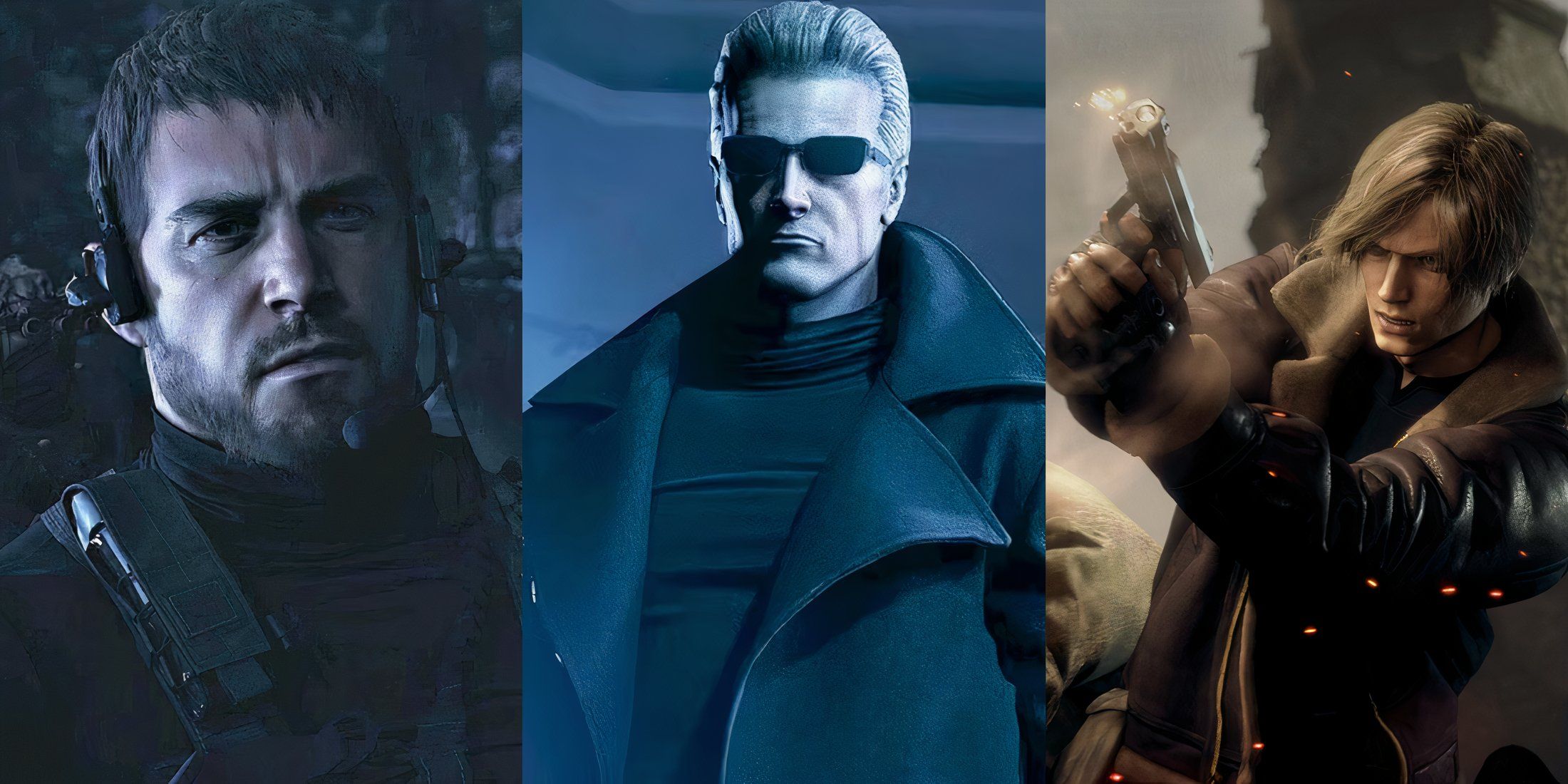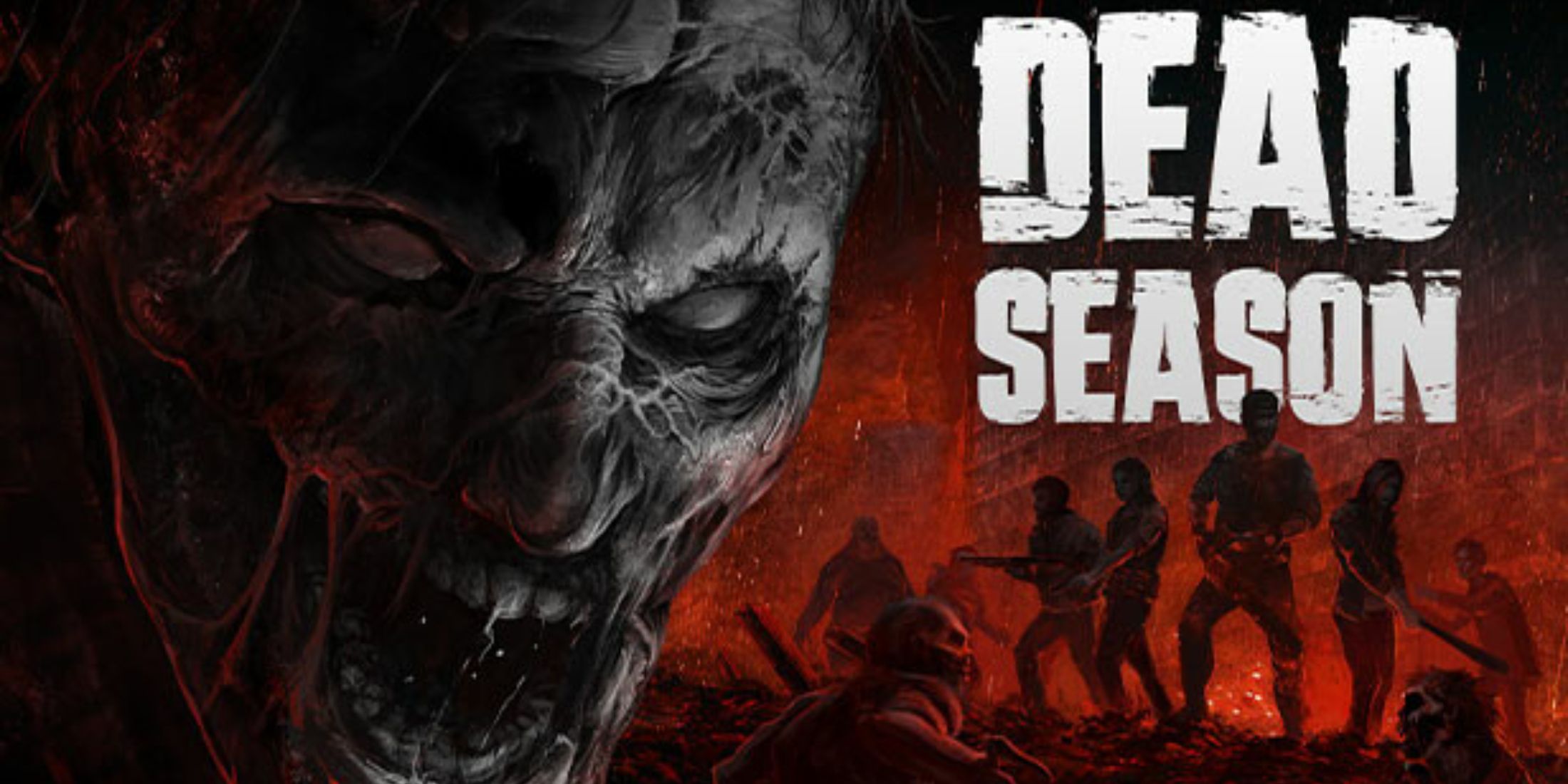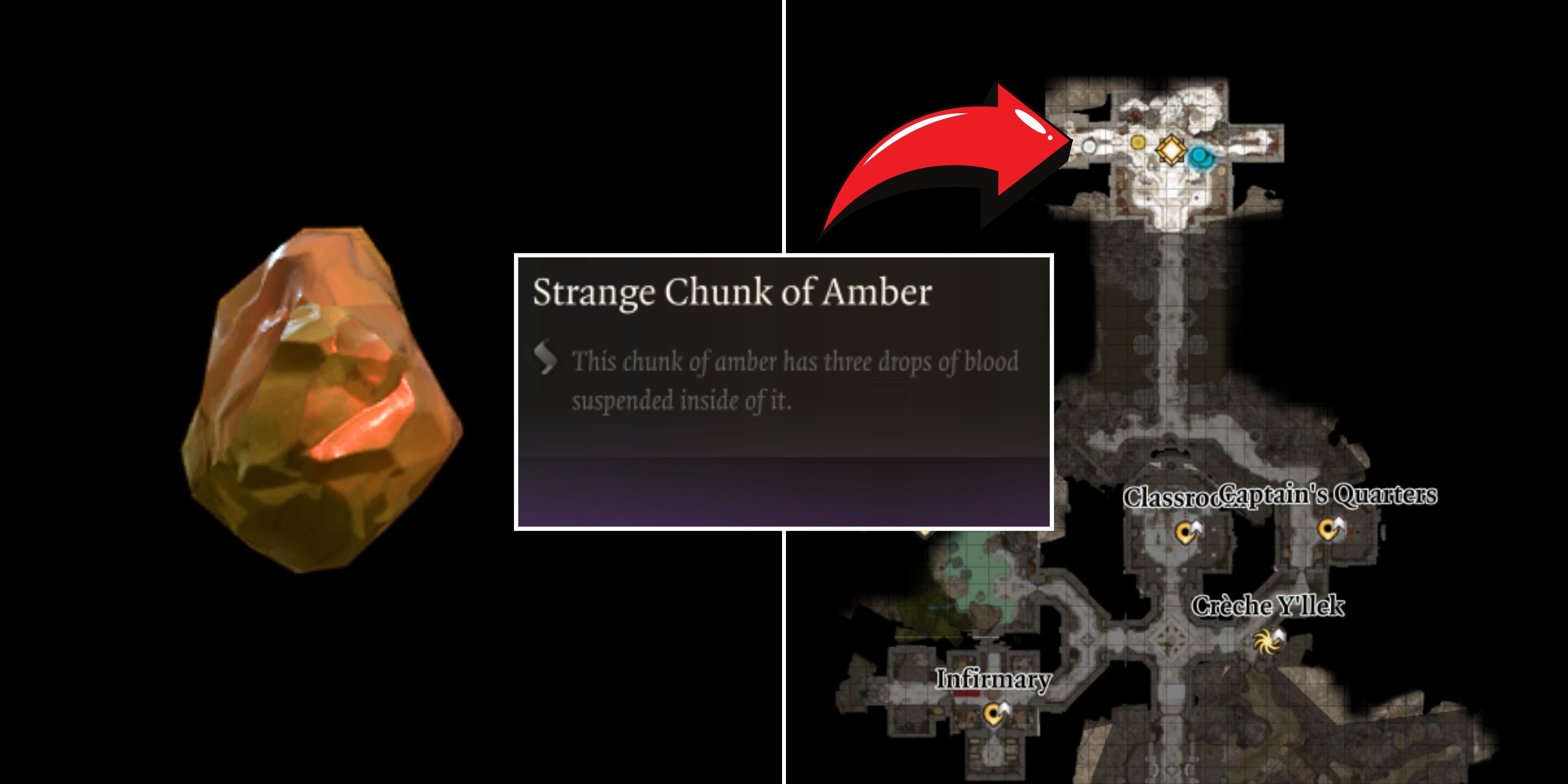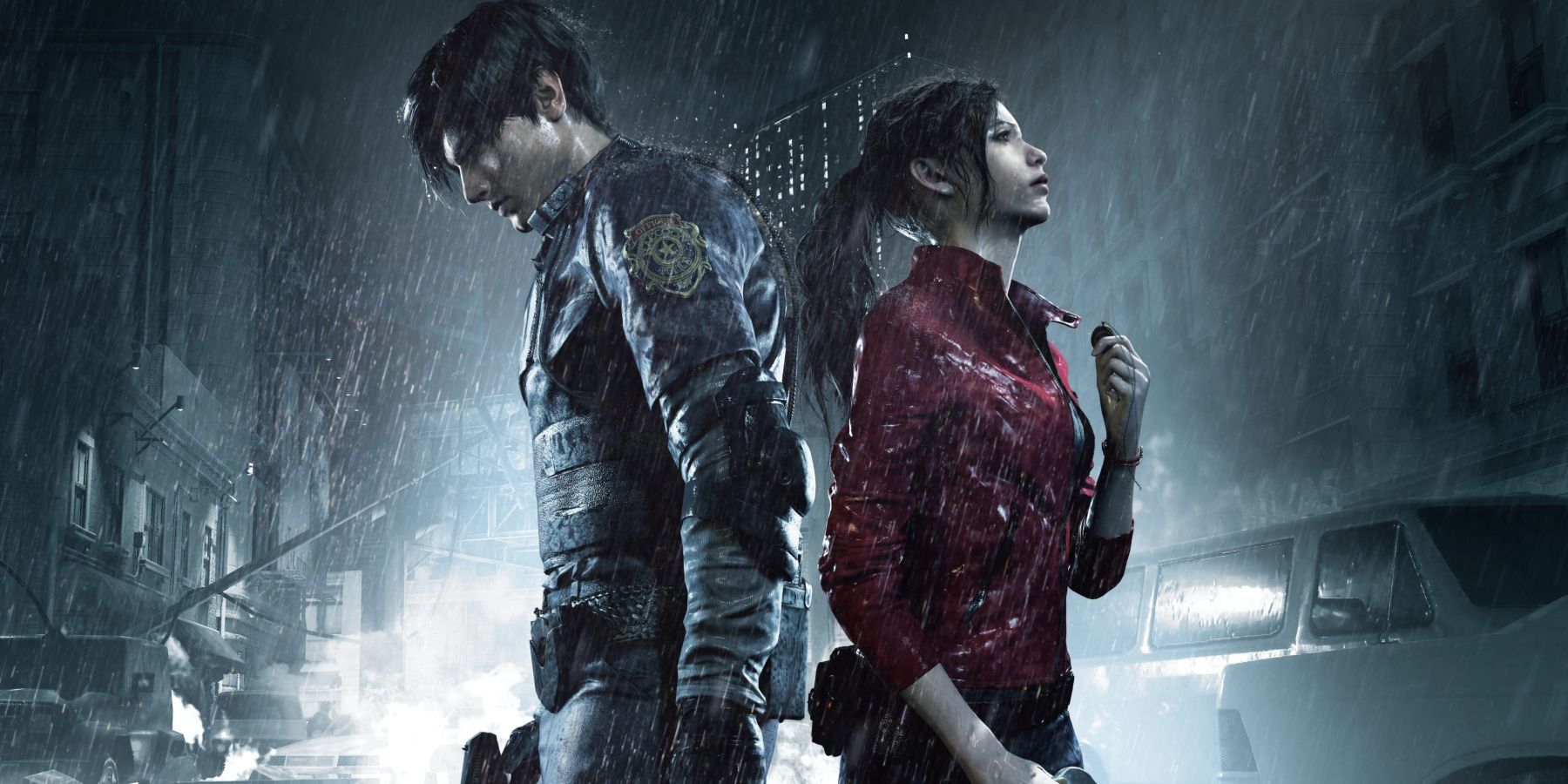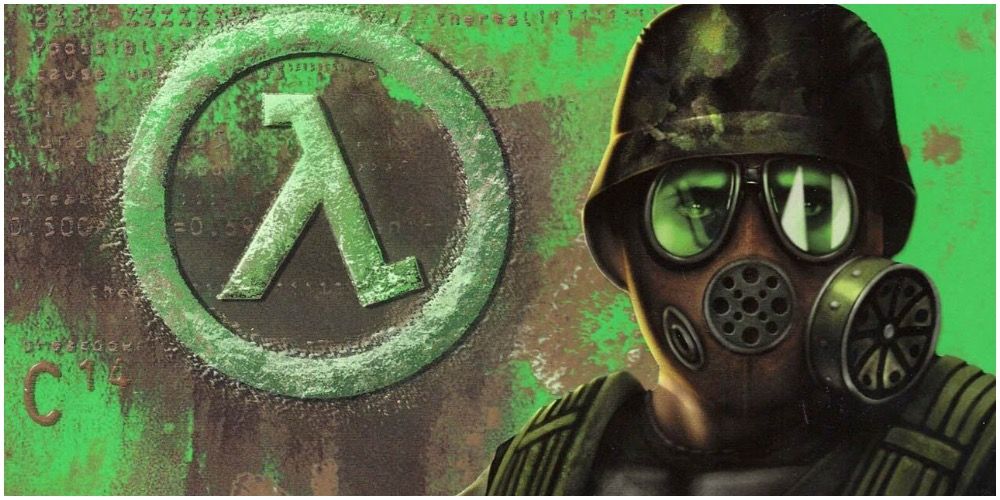Certain aspects of video game design have only gotten increasingly important over the years, and one of those is the element of the player-character. While silent, faceless protagonists were all the rage back in the early days of gaming, allowing the player to insert themselves into the heroic role, many players now prefer to control a pre-defined character. In some instances, like with the 'Another side another story' trope, this can extend to more than one character.
Many games over the last few decades, from first-person shooters to survival horrors to family-friendly action games, have allowed the player to control multiple characters. But while many games let players switch between characters on the fly, the 'Another side another story' trope refers exclusively to the ability to control a new character after the credits roll. Controlling this character will often take players back to the start of the story, but this time, it's told from a new perspective.
Best Examples of the 'Another Side Another Story' Gaming Trope
Some of the best examples of the 'Another side another story' gaming trope can be found across the Resident Evil franchise. Beginning with Resident Evil 2, many games in the long-running horror franchise let players control an alternate character after they've beaten the game for the first time. In Resident Evil 2, finishing the game as Leon Kennedy will give players access to Claire Redfield's campaign, and completing both will open up brand-new areas with new encounters inside. Resident Evil 4's main campaign once again focuses on Leon, but finishing the special edition will give players an additional set of missions centered around Ada Wong and her parallel journey through the main story.
The first LEGO Batman game is a particularly fun example of the 'Another side another story' trope, and a rare example from the world of family-friendly games. After finishing the main set of missions as the Bat-Family, players can check in on the villains in Arkham Asylum. Controlling these villains opens up a new set of missions, all acting as a prequel to the game's main story, showing how each villain set up their unique traps for Batman.
It's often the case that the 'Another side another story' trope is delivered in the form of a post-launch update or expansion. The first Half-Life's various expansions all cover the Black Mesa incident from several different perspectives, including Blue Shift's Barney Calhoun, and Opposing Force's Adrian Shephard. Very occasionally, players will see Gordon Freeman, or will have just missed him during these expansions. Grand Theft Auto 4 did a similar thing with its post-launch expansions, with players assuming the role of new protagonists and occasionally meeting up with Niko Bellic during events that paralleled GTA 4's main story.
The real-time strategy genre often leans fairly closely to the 'Another side another story' trope, but it subverts it in a few ways. More often than not, players will be able to choose from multiple faction campaigns from the get-go, as opposed to having to unlock them by completing the main story first. From here, the trope is usually kept to closely, with each faction telling a different perspective on the same events. But it's often the case that the story's ending is dictated by what faction the player chooses, straying a little from the usual examples of the 'Another side another story' trope, which often tell exactly the same story from beginning to end, albeit from a different point of view.

